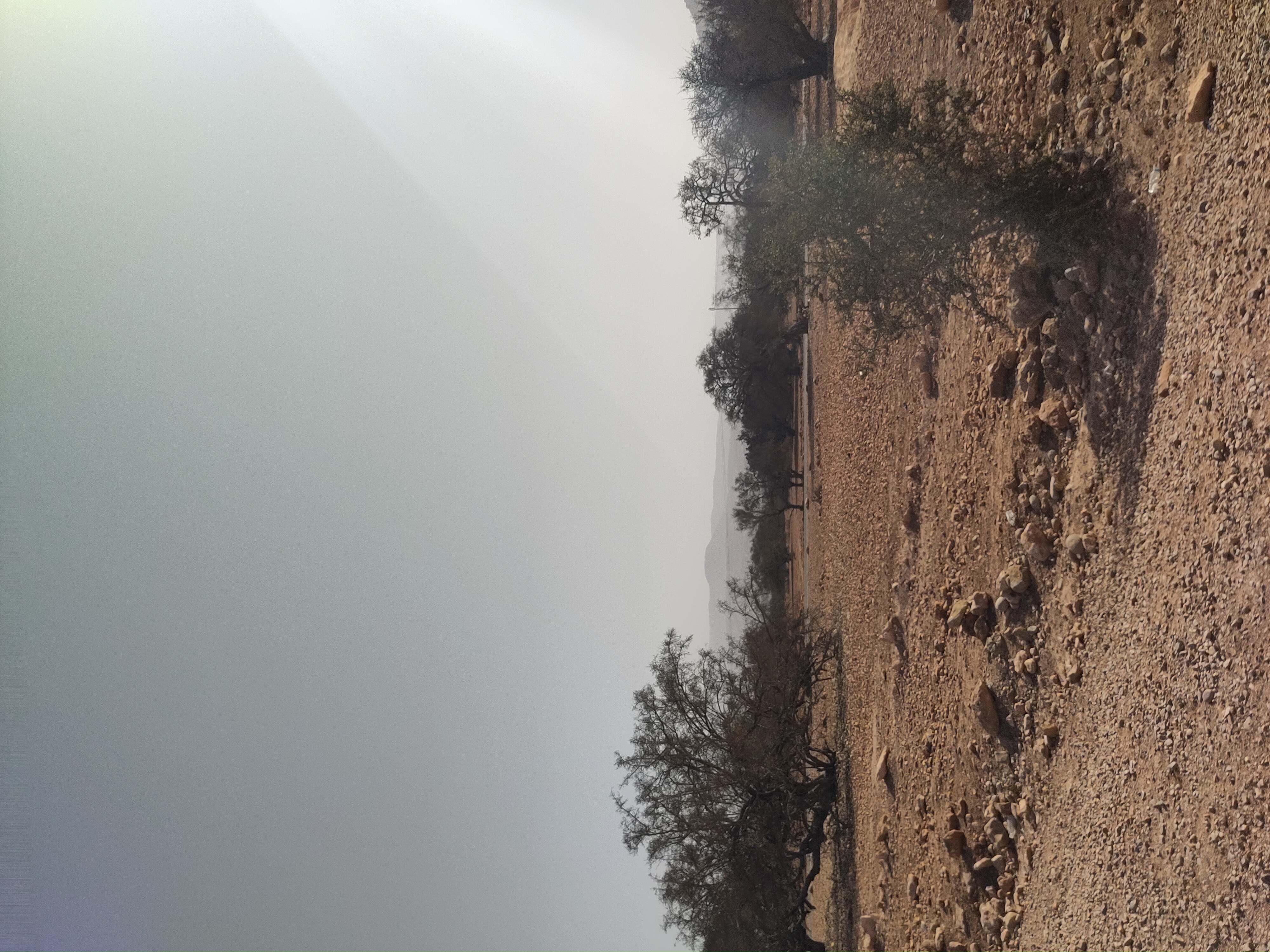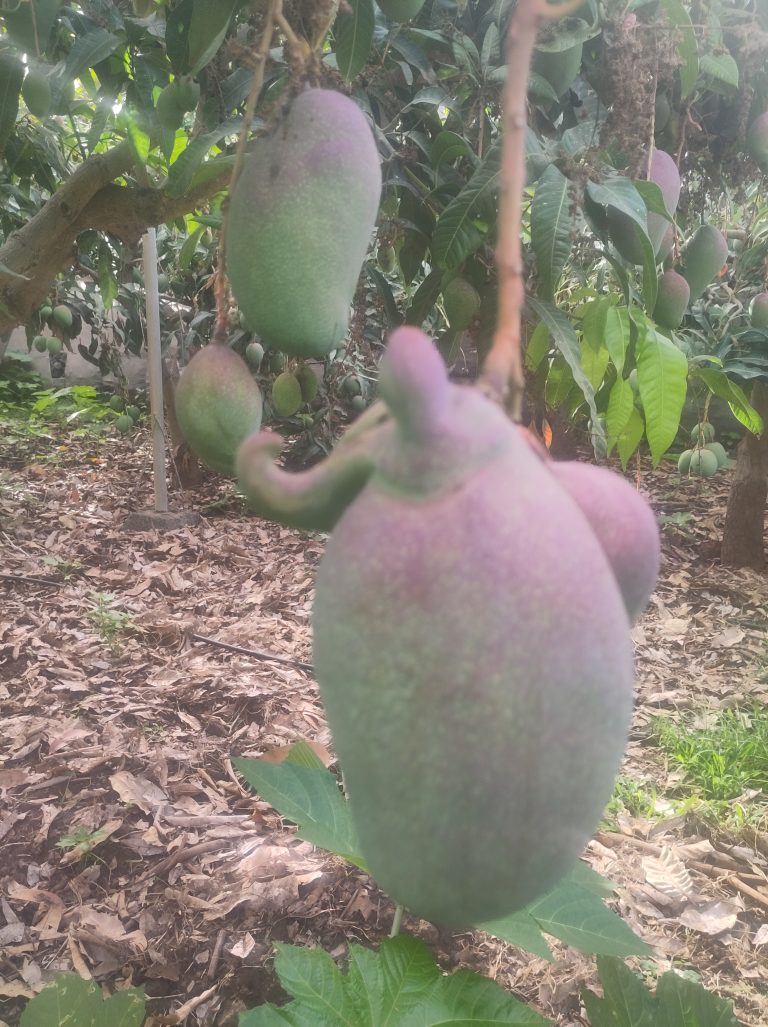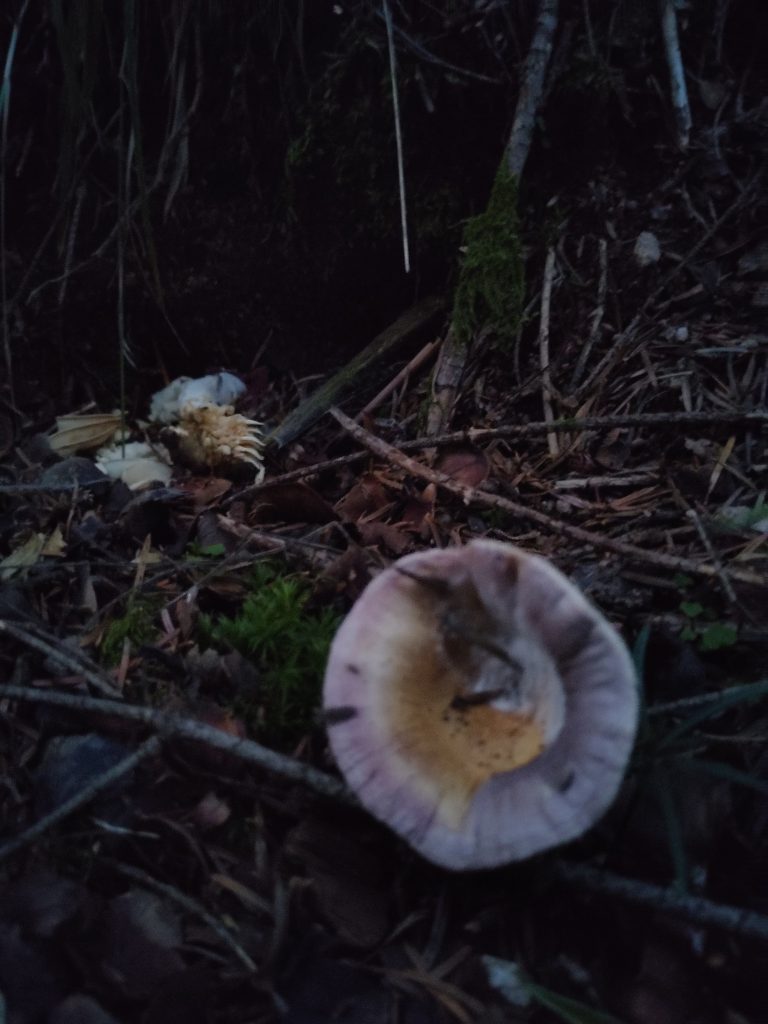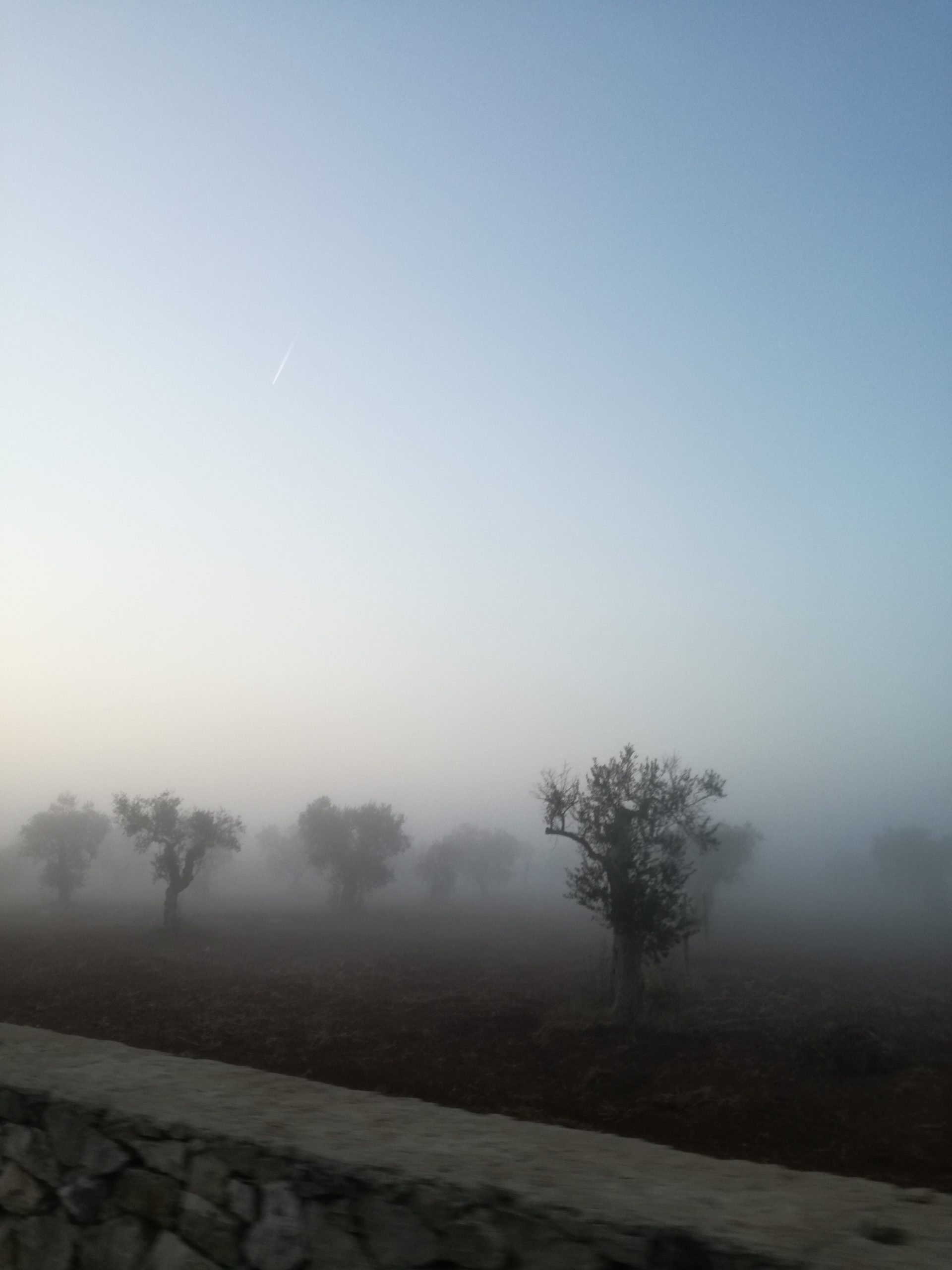Last autumn, at the end of my PhD, I made use of the freedom that brought the time just before my defense. I was able to finish last needed tasks remotely so that together with a Maroccan friend we decided somehow spontaneous to go there. It was only few weeks after the country was hit by a big earthquake, so our thinking was that particularly in those times, ongoing money flowing from tourists are needed. The trip was a great blend of surfing and exploring a new colour palette, the first one I had the opportunity to see in Northern Africa. Visiting the country with a Moroccan friend, allowed me to experience aspects of the country I wouldn’t have been able to see just by speaking French—a language undoubtedly connected to the coloniser there. Apart from inflated prices for everything, I would have missed out on those beautiful interactions that come with haggling, with all its subtle nuances and Arabic poetry used in the smallest of grocery shoppings.



One of my favorite things about Morocco was the fresh roasted peanuts sold wrapped in torn-out pages of a French grammar book. It was a good reflection of the appreciation for learning French in the country. Then there was the incredibly beautiful mint tea culture, although I wasn’t entirely sure about the amount of sugar that was supposed to be added (I passed on that one).



A little story on the liquid gold there, Argan oil
For the weekend, we took a little roadtrip from the coast inland to Marrakesh. Along the way, we encountered fascinating desert-like dune hills, some small villages, and goats munching on Argan trees. Argan oil is a treasure of the region produced from incredibly reistant trees can live up to 200 years. It grows in such a hostile, desert-like terrain where little else thrives apart from spiky, thorny bushes. Perfectly adapted to the extremely dry conditions, it evolved to attract moisture in nighttime to store the precious water in the up to 30 meter deep roots. Droping the leaves is a protective mode in extreme conditions to avoid the loss of water through evaporation. Argan trees produce little olive-lookalike fruits of which a fascinating liquid gold can be extracted. While over centuries the oil was mostly used for oil lamps, electricity made the usage of the oil in the lamps redundant. Also, berber tribes used it to protect their skins against the extremely dry climate. It seems like this trees are a little act of resistence allowing people to live in those harsh conditions if they take care of the trees. However, the link got a little lost and in the 90s the trees were almost extinct. It was the cosmetic industries discovering the benefits bringing the tree back. What we see in the landscapes really depends on what we give value to. Many cooperatives are run by women empowering them.











Marrakesh was still recovering from the earthquake that had struck just three weeks earlier with devastating force. In the countryside, many houses had collapsed, burying people beneath the rubble. While fewer casualties occurred in the larger city, the aftermath was still visible, with numerous buildings and mosques displaying cracks or collapsed sections. They improvised a lot, using different coloured crosses to mark the danger and likelihood of a building collapse or unstable support structures.




Some of the better-preserved parts of the city included probably the most beautiful toilet I’ve ever came across. Additionally, we discovered other impressive details in this charming old-school building and the Riad where we stayed. Many of these old family homes are now being converted into hotels. While it may not matter to tourists if unmarried couples stay there, we encountered some initial challenges. However, perhaps due to the fewer number of tourists at the time, we were fortunate, and the owner allowed us to stay.








On the way back during a beautiful sunset, there were also these two donkeys, a mum with its cup blocking traffic while having a little crazy time.
From cactus figs, eels, nuts, and dried fruits to colorful vegetable stalls (to my delight, even with some okras!!), there was an abundance of mint and herbs sold and added to all dishes, which I really loved about the cuisine there. It was beautiful to see the vibrant colors and the proximity to the products. Items were sold much fresher, without packaging but instead filled in required quantities. It felt like a large unpackaged market where supermarkets (still) had less power.
Another definite highlight was the Amla, a mixture of freshly roasted almond butter (from those turning stone grinders) and honey—sooo good. And then there were the tajines. We cooked so many of those in the clay pot in our little apartment hosted by this incredibly nice lady and her turtle, which unfortunately died while we were there. The lady was devastated, crying. All I could do was hug her, trying to find the appropriate words. At that time, I wasn’t sure where Muslim turtles go after they die.
For all the encounters and moments, thanks Marocco <3









